Hunza (Urdu: ہنزہ) was a former princely state in the northernmost part of the Northern Areas of Pakistan, which existed until 1974. The state bordered the Gilgit Agency to the south, the former princely state of Nagar to the east, China to the north and Afghanistan to the northwest. The state capital was the town of Baltit (also known as Karimabad). The area of Hunza now forms the Aliabad tehsil of Gilgit District. Hunza along with Nagar, Gilgit and Baltistan are claimed by India as part of the state of Jammu & Kashmir.
History
Enlarge picture

A Hunza Rajah and Tribesmen by E. F. Knight (1891)
Hunza was an independent principality for 900 years. The British gained control of Hunza and the neighbouring valley of Nagar between 1889 and 1892. The Tham (Chief/Mir) of Hunza escaped to China.
The British retained Hunza's status as a 'principality' until 1947. According to Habib R. Sulemani, the people of Hunza were ruled by a local Mir for more than 900 years, which came to an end in 1974.
Although never ruled directly by neighbouring Kashmir, Hunza was a vassal of Kashmir from the time of Maharaja Ranbir Singh of Jammu and Kashmir. The Mirs of Hunza sent an annual tribute to the Kashmir Durbar until 1947, and along with the ruler of Nagar, was considered to be among the most loyal vassals of the Maharaja of Kashmir.
Government
Enlarge picture

Baltit Fort, the former residence of the Mirs of Hunza
The state was governed by hereditary rulers who took the title Mir (ruler) and were assisted by a council of Wazirs or Ministers. Details for early rulers are uncertain with the first definite dates available from 1750 CE onwards.
Reign Mirs of Hunza[1]
Uncertain dates Salim Khan II
Uncertain dates Shah Sultan Khan
1710 - uncertain date Shahbaz Khan
Uncertain dates Shahbeg Khan

~1750 - 1790 Shah Kisro Khan
1790 Mirza Khan
1790 - 1825 Salim Khan III
1825 - 1864 Ghazanfur Khan
1864 - 1886 Mohammad Ghazan Khan I
1886 - 15 September 1892 Safdar Ali Khan
15 September - 22 July 1938 Mohammad Nazim Khan
22 July 1938 - ? 1946 Mohammad Ghazan Khan II
? 1946 - 25 September 1974 Mohammad Jamal Khan
25 September 1974 - State of Hunza Dissolved
Geography
Main article: Hunza Valley
The Hunza valley is situated at an elevation of 2,438 metres (7,999 feet). The former capital Baltit has an elevation of 2477 metres (8129 feet)[2]
For many centuries, Hunza has provided the quickest access to Swat and Gandhara for a person travelling on foot. The route was impassable to baggage animals; only human porters could get through, and then only with permission from the locals.
Hunza was easily defended as the paths were often less than half a metre (about 18") wide. The high mountain paths often crossed bare cliff faces on logs wedged into cracks in the cliff, with stones balanced on top. They were also constantly exposed to regular damage from weather and falling rocks. These were the much feared "hanging passageways" of the early Chinese histories that terrified all, including several famous Chinese Buddhist monks.
The last independent ruler was Mir Safdar Khan, who ruled from 1886 to December 1891 - until the British conquest in December 1891. His younger brother Mir Mohammad Nazim Khan was installed by the British and Maharaja (Raja) of Kashmir in September 1892. (Ref: History of The Northern Areas of Pakistan By Prof. A.H. Dani, Islamabad 1991)
Hunza in North Pakistan
The Northern Areas of Pakistan lie under the great mountain ranges of the Himalayas : Karakorum, Hindu Kush, Hindu Raj and the Pamir, surrounded by high peaks of 6500 to 8600 meters.
Administratively it was divided into five districts, which were run by DC,s, which came under the Chief Secretary based in Gilgit. The chief secretary is controlled by Federal Government Islamabad.
Gilgit the capital of Northern Areas has been inhabited for thousands of years, various waves of invaders arrived over the years. Due to strategic location it was situated in.
The early inhabitants were animist and Zoroastrians brought from in Iran. Which was modified by the Indo Aryans in 1700 BC.
From the 1st century Gilgit was like Kashgar, a major trade centre. From 4th century to 11th century AD, it was under the Buddhism influence of the Sogdiana dynasty. Later Kushans Hindu Shahis and then Islam was introduce in this area.
Northern Area is connected by air and road with other cities of Pakistan including Islamabad (the Capital). There are daily flights to Skardu and Gilgit, which is subject to weather. It’s linked with the Karakorum highway through the Indus valley. 620 Kilometres to Gilgit and 832 Kilometers to Skardu. It’s a two days drive to reach Gilgit & Skardu.
The Northern Areas are a scenic area, which covers thousands of Square Kilometres and has high snow capped mountain, surrounded by green valleys rivers, Glaciers, High meadows and passes. The Northern Area are also frequented by tourists for activities such trekking, climbing and White Water Rafting.
Situated at an elevation of 2,438 meters, Hunza Valley's tourist season is from May to October. The temperature in May is Maximum 27 C and minimum 14 C, in July the max temperature is 30 C. The temperature in October are maximum 10 C and minimum 5 C.
Most of the people of Hunza are Ismaili Muslims, followers of His Highness Prince Karim Aga Khan. The local language is Burushiski. English & Urdu are also understood by many people.
Karimabad the capital of Hunza, offers an impressive view of Rakaposhi 7,788 meters and as well as a view of Ulter Peak 1 and 2, Ladyfinger, Diran Peak and Golden Peak. The snow of Rakaposhi glitters in the moonlight.The fairytale like castle of Baltit, above Karimabad, is a Hunza landmark built 800 years ago. Stilted on massive legs, its wooden look out over the valley.
Mountaineering And Hiking
Hunza is ideal for mountaineering, trekking and hiking, special permits are required for mountaineering.
Today's Hunza
Today Hunza is rapidly developing region, investment in education and industries such as agriculture, building construction, tourism and leisure and health programmes.
Development in Hunza really started to take place after 1978, when the Karakorum highway opened between China & Pakistan, this opened up a major trade route between Islamabad and the Sinking province of China. This resulted in rapid changes in the Northern Area of Pakistan. People came into border business with China. The Aga Khan Network with the collaboration of Government of Pakistan brought fruitful result to life of people of Hunza.
There are self-help schools in every second village in the valley and all children male and female attend schools, apparently 100 percent, this is the reason, why Hunza people are different from not only other valleys in Northern Pakistan but also from rest of the country.
The Tourism started in Pakistan in the 1980,s. The flow of tourism was in Hunza valley, till now, which brought the economic revaluation. Hunza has been a tourist destination from a long time.
People of Hunza
Most of the people of Hunza are Ismaili Muslims, followers of His Highness the Aga Khan. The local language is Brushuski, Urdu and English are also understood by a number of people.
See also
* Hunza Valley (main article on Hunza)
* Northern Areas
* Karakoram Highway
* Karakoram Mountains
References
1. ^ Ben Cahoon, WorldStatesmen.org. Pakistan Princely States. Retrieved on 2007-10-03.
2. ^ Falling rain - Location of Baltit
External links
* Government of Northern Areas
* Government of Pakistan
* PIA guide to Northern Areas
The historical regions of Pakistan are former states, provinces and territories which mainly existed between 1947 and 1975 when the current provinces and territories were finally established.
Burushaski (Urdu: بروشسکی - burū́šaskī) is a language isolate spoken by some 87,000 (as of 2000) Burusho people in the Hunza, Nagar, Yasin, and parts of the Gilgit valleys in
..... Click the link for more information.
Wakhi}}}
Writing system: Arabic, Cyrillic, Latin
Language codes
ISO 639-1: --
ISO 639-2: --
ISO 639-3: wbl
Wakhi is an Iranian language in the subranch of Southeastern Iranian languages (see Pamir languages).
15th century was that century which lasted from 1401 to 1500.
Events
* 1402: Ottoman and Timurid Empires fight at the Battle of Ankara resulting in Timur's capture of Bayezid I.
* 1402: The conquest of the Canary Islands signals the beginning of the Spanish Empire.
September 25 is the 1st day of the year (2nd in leap years) in the Gregorian calendar. There are 0 days remaining.
Events
19th century - 20th century - 21st century
1940s 1950s 1960s - 1970s - 1980s 1990s 2000s
1971 1972 1973 - 1974 - 1975 1976 1977
Year 1974 (MCMLXXIV
Chief Commissioners Province of Baluchistan was a former province of British India located in the northern parts of modern Balochistan province.
History
The province was originally formed over the period 1876-1891 by three treaties between Robert Sandeman and the Khan of
East Bengal was the name used during two periods in the 20th century for a territory that roughly corresponded to the modern state of Bangladesh. Both instances involved a violent partition of Bengal.
Federal Capital Territory (FCT) around Karachi was the original capital territory of Pakistan. The FCT was created in 1948 from the city of Karachi and surrounding areas as the location for Pakistan's capital following independence.
North-West Frontier Province is a former province of Pakistan which was established in 1901 and dissolved in 1955. The province covered an area of 70,709 km² including much of the current North-West Frontier Province province but excluding the former princely states of Amb,
Sind is a former province of Pakistan and British India which existed from 1936 to 1955. The province covered an area of 123,080 km² including much of the current Sindh province but excluding the Federal Capital Territory and the former princely state of Khairpur.
West Punjab was a former province of Pakistan which existed from 1947 to 1955. The province covered an area of 160,622 km² including much of the current Punjab province and the Islamabad Capital Territory but excluding the former princely state of Bahawalpur.
..... Click the link for more information.
East Pakistan (now independent Bangladesh) was a former province of Pakistan which existed between 1955 and 1971. East Pakistan was partitioned from Bengal based on plebiscite in then British India in 1947.
West Pakistan was the popular and sometimes official (1955–1970) name of the western wing of Pakistan until 1971, when the eastern wing (East Pakistan) became independent as Bangladesh.
Amb was a princely state in what is today the North-West Frontier Province of Pakistan. The state ceased to exist in 1969, when it was merged with the province of West Pakistan.
The State of Bahawalpur was a princely state of the Punjab in what is now Pakistan, stretching along the southern bank of the Sutlej and Indus Rivers, with its capital city at Bahawalpur. The state was counted amongst the Rajputana states (now Rajasthan) to the southeast.
..... Click the link for more information.
State of Chitral, or Chitrāl (Urdu: ریاست چترال), was a former princely state of Pakistan and British India which ceased to exist in 1969.
State of Dir was a small former princely state located in the modern North-West Frontier Province in Pakistan. The state ceased to exist in 1969 when it was incorporated into Pakistan.
..... Click the link for more information.
State of Kalat or State of Qalat (Urdu: ریاست قلات) was a princely state located in the centre of the modern province of Balochistan, Pakistan. The state capital was the town of Kalat.
..... Click the link for more information.
State of Khayrpur was a princely state on the Indus River in what is now Pakistan, with its capital city at Khayrpur. Together with Bahawalpur to the north-east, the state was counted amongst the Punjab states rather than the neighbouring Rajputana states (now Rajasthan) to the
..... Click the link for more information.
State of Kharan was an autonomous princely state of both British India and Pakistan, located in the southwest of modern Pakistan.
History
The state of Kharan was established in about 1697 CE as a vassal state of Kalat, a status which remained until 1940.
State of Las Bela was princely state of Pakistan and British India which existed until 1955. The state occupied an area of 18,254 km² in the extreme southeast of the Balochistan province with an extensive coastline on the Arabian Sea to the south.
The State of Makran was an autonomous princely state of both British India and Pakistan, which ceased to exist in 1955.
..... Click the link for more information.
The State of Nagar(Urdu.ریاست نگر) is a former princely state in the northernmost part of the Northern Areas of Pakistan, which existed until 1974.
The State of Phulra was a minor princely state of both Pakistan and British India, located in the modern North-West Frontier Province. It was situated east of the nearby princely State of Amb.
State of Swat (Urdu: ریاست سوات) was a princely state which existed in the north of the modern North-West Frontier Province of Pakistan until it was dissolved in 1969.
Baluchistan States Union existed between 3rd October 1952 and 14th October 1955 in southwest Pakistan. It was formed by the states of Kalat, Kharan, Las Bela and Makran with the capital at the town of Kalat.
Gilgit Agency was the name of most of the area of northern Kashmir which formed a de facto dependency of Pakistan from 1947 to 1970, which was then merged into Northern Areas.
The Trans-Karakoram Tract is an area of nearly 5,800 km² that India claims, was transferred by a border agreement from the Pakistani-administered Northern Areas to China in 1963 with the proviso that the settlement was subject to the final solution of the Kashmir dispute.
The Divisions of Pakistan were previously the third tier of government in Pakistan until they were abolished in 2000. The four provinces of Pakistan had been subdivided into administrative "Divisions", which were further subdivided into districts and tehsils.
This article is copied from an article on Wikipedia® - the free encyclopedia created and edited by online user community. The text was not checked or edited by anyone on our staff. Although the vast majority of the Wikipedia® encyclopedia articles provide accurate and timely information please do not assume the accuracy of any particular article. This article is distributed under the terms of GNU



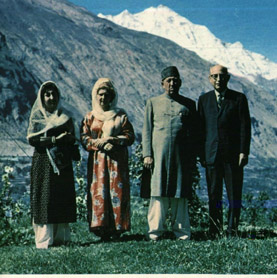 The Hunza people did not enjoy exceptionally long life as falsely claimed. It is doubtful that anyone in Hunza ever lived to be 100 year of age. The ages claimed by the Hunzakuts were simply lies. They considered age to be a matter of wisdom and achievement, not calendar years. They kept no written records and did not know their calendar age.
The Hunza people did not enjoy exceptionally long life as falsely claimed. It is doubtful that anyone in Hunza ever lived to be 100 year of age. The ages claimed by the Hunzakuts were simply lies. They considered age to be a matter of wisdom and achievement, not calendar years. They kept no written records and did not know their calendar age.
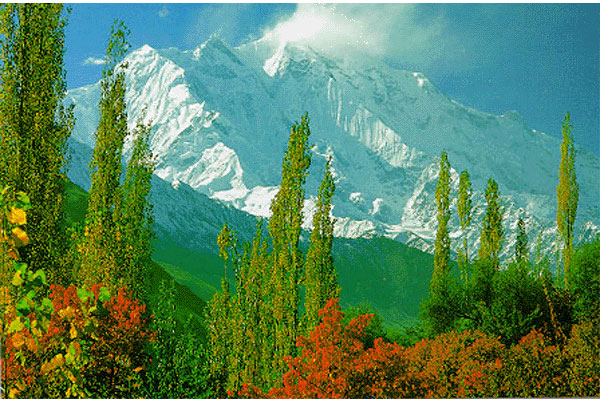


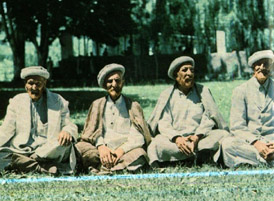 This picture shows old Hunza men who proclaim to a visitor that they are more than 100 years of age. They appear to be 70 to 80 years of age which would be more accurate. Because this is a recent picture taken by tourists, these gentlemen were probably never born or raised in Hunza. They most likely arrived from other areas of Pakistan, drawn to the opportunity of collecting a gratuity from the unsuspecting traveler for the privilege of taking their picture.
This picture shows old Hunza men who proclaim to a visitor that they are more than 100 years of age. They appear to be 70 to 80 years of age which would be more accurate. Because this is a recent picture taken by tourists, these gentlemen were probably never born or raised in Hunza. They most likely arrived from other areas of Pakistan, drawn to the opportunity of collecting a gratuity from the unsuspecting traveler for the privilege of taking their picture.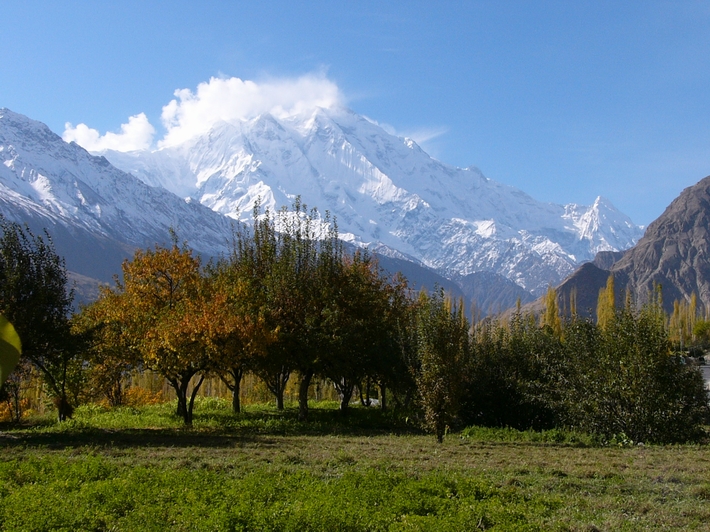
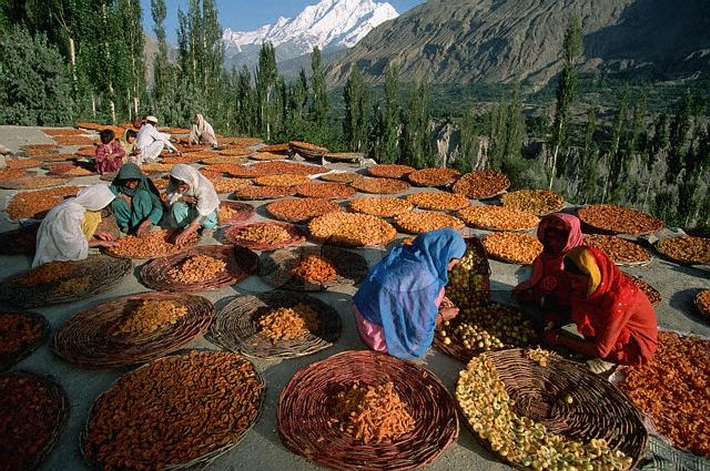
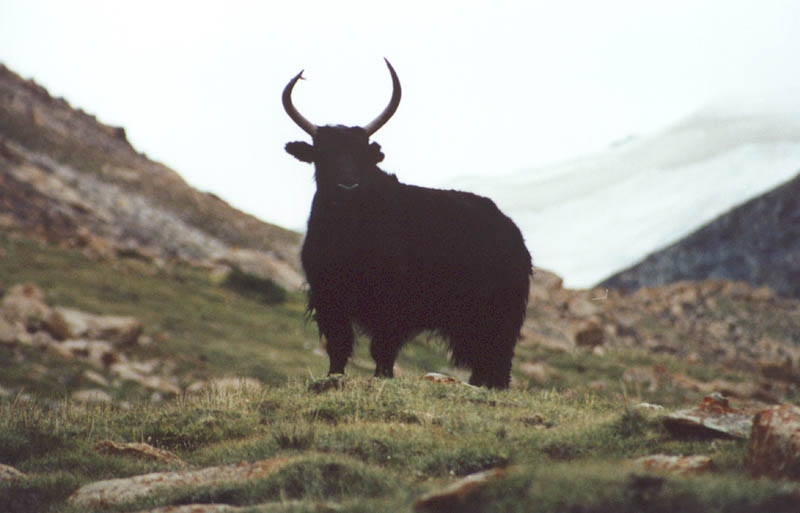
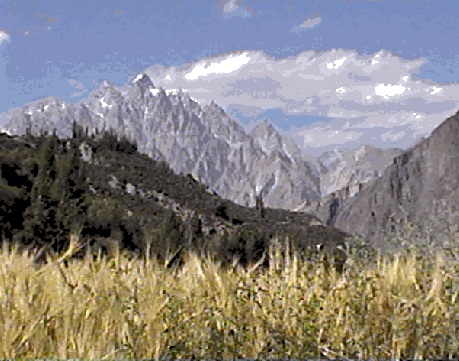
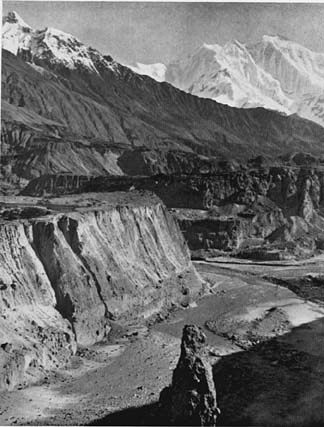


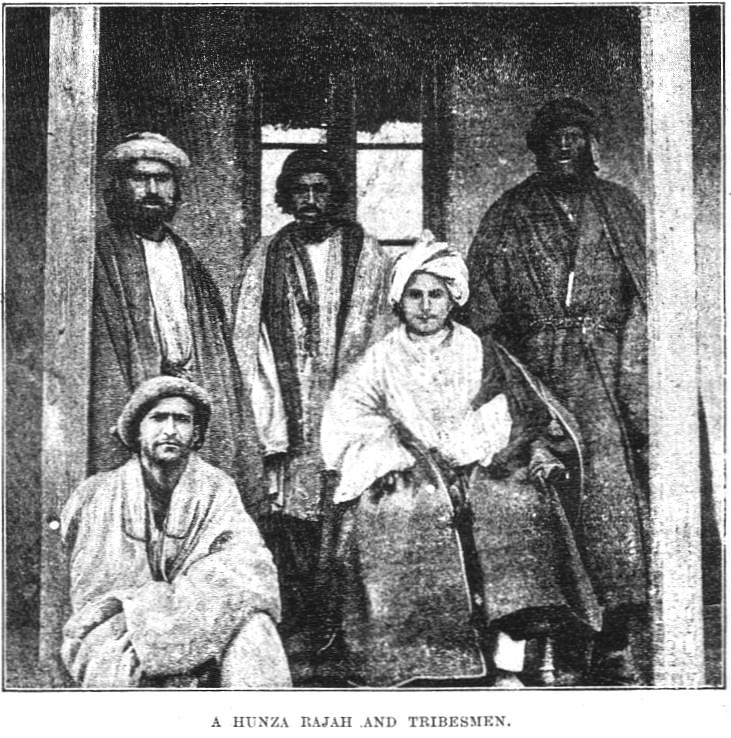

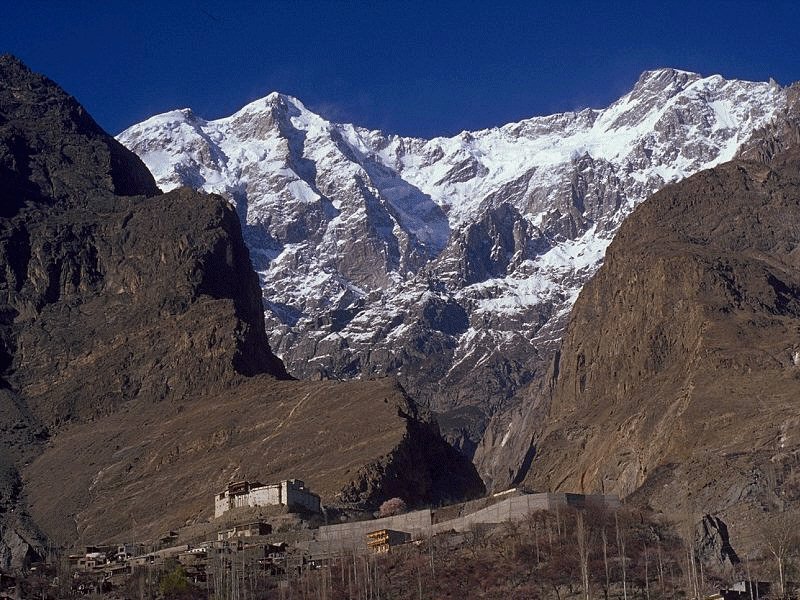

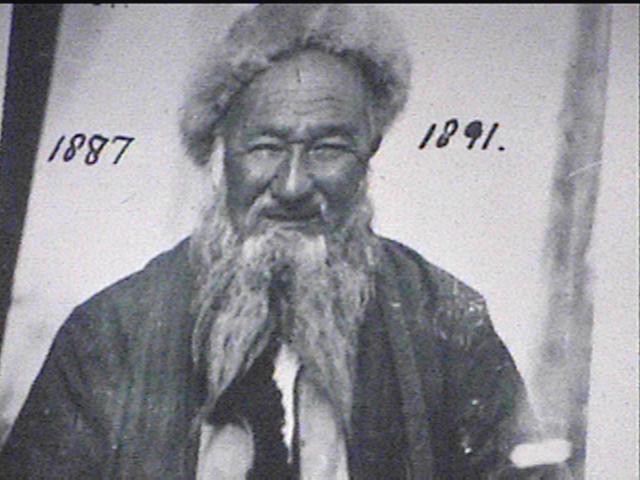
















 Day 26 – 29 SKARDU:
Day 26 – 29 SKARDU:

